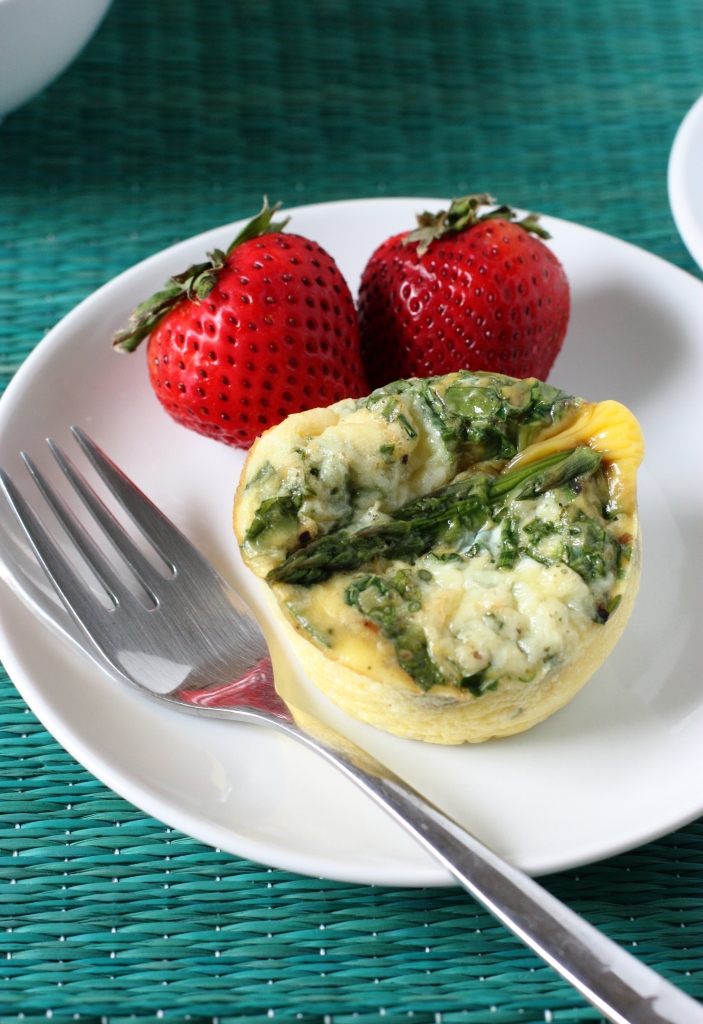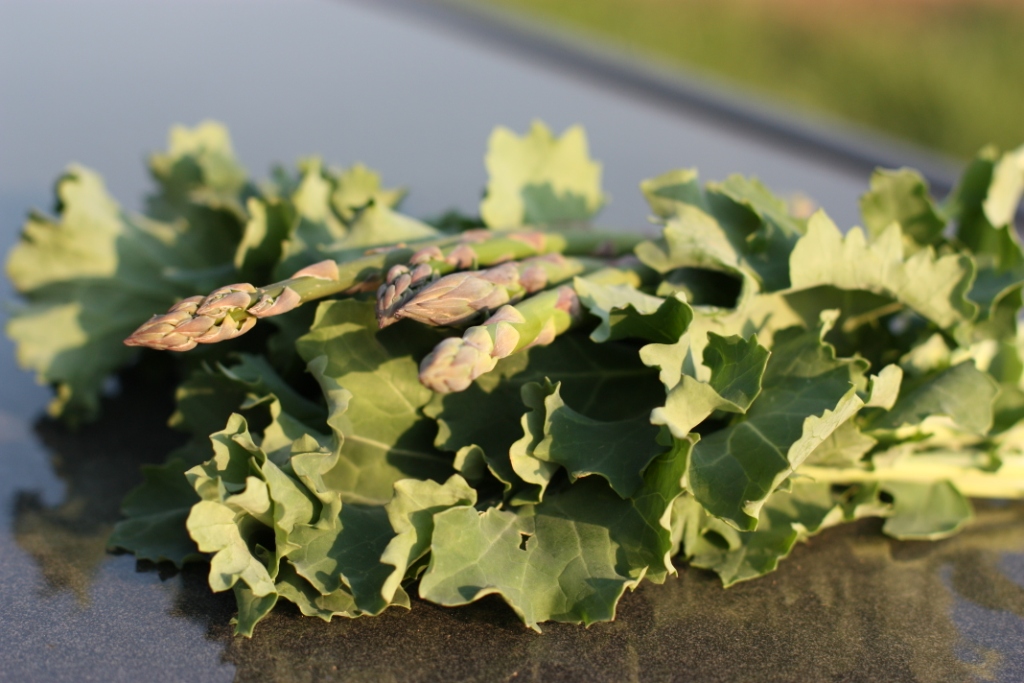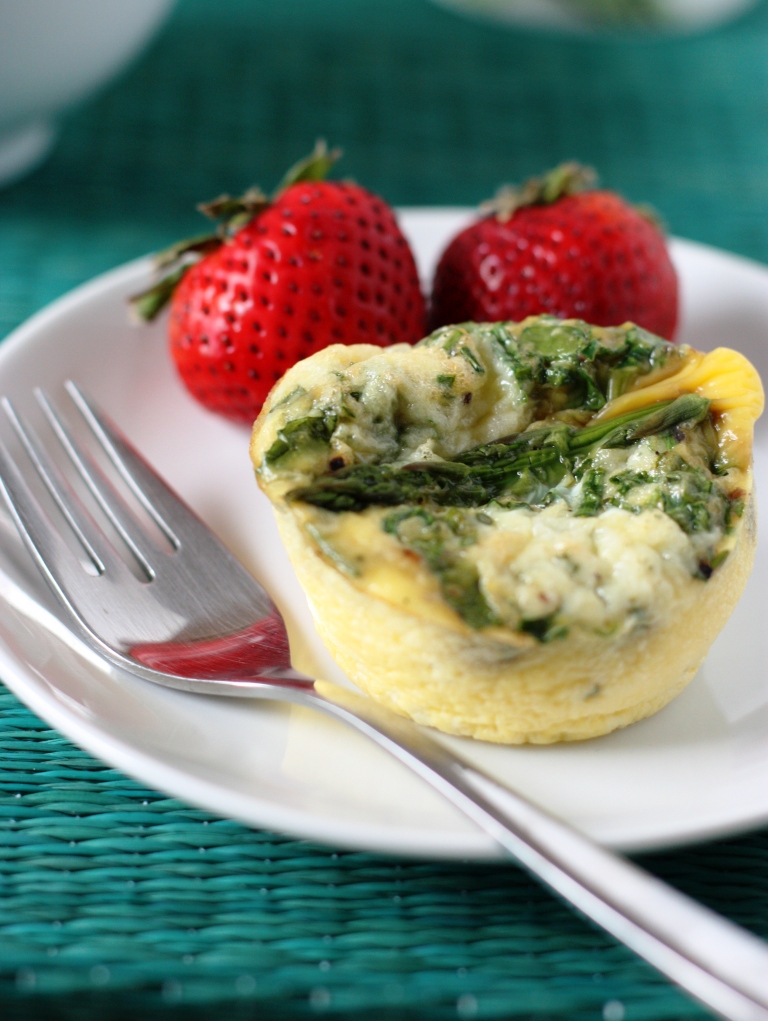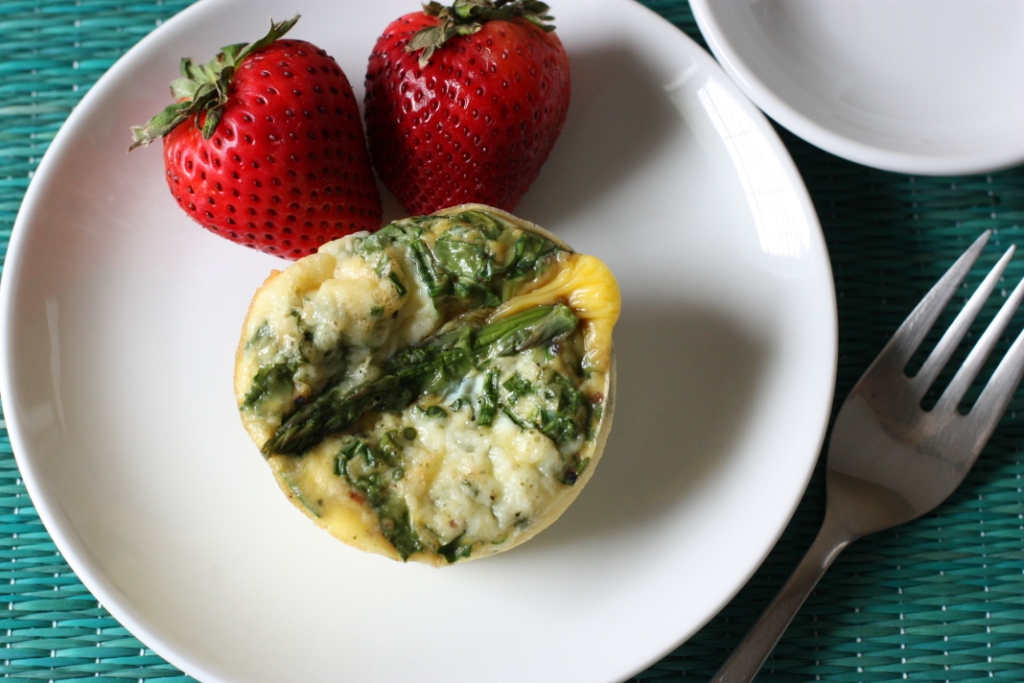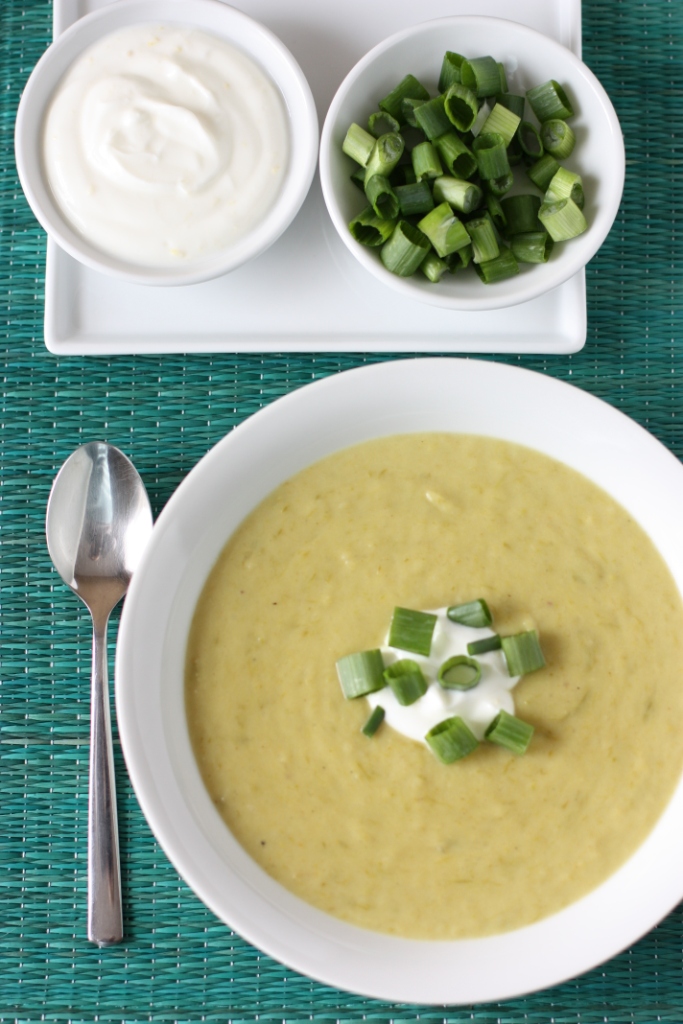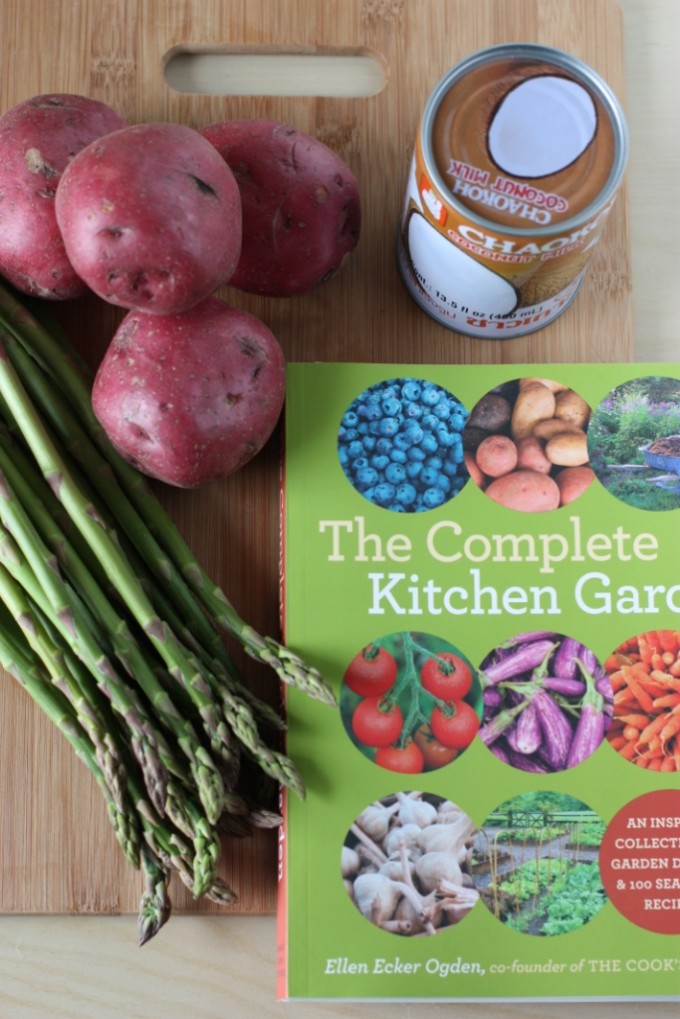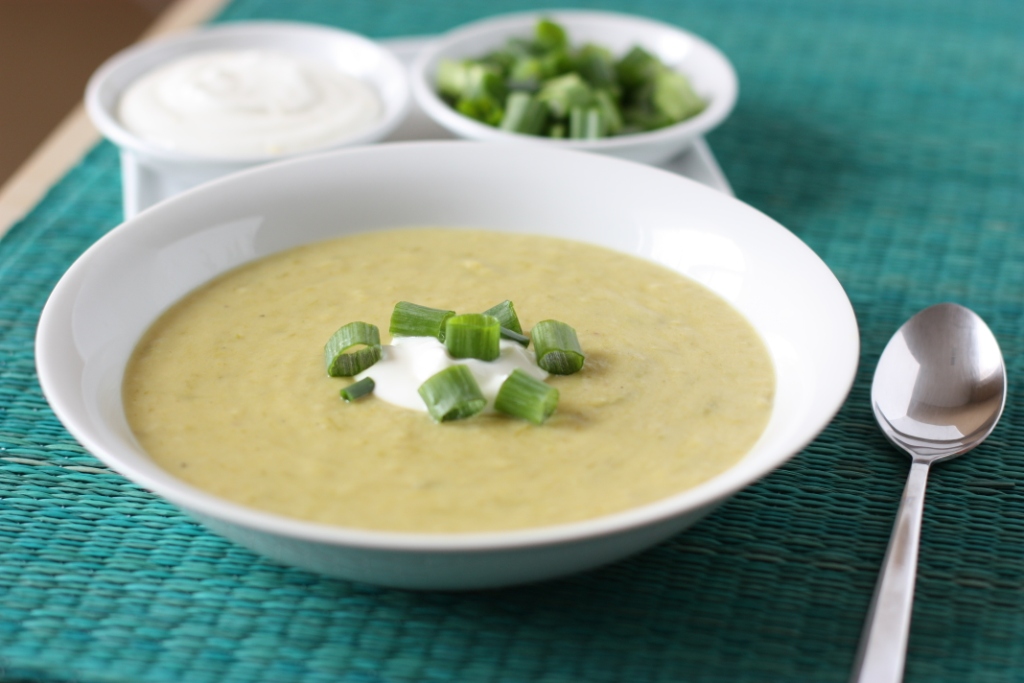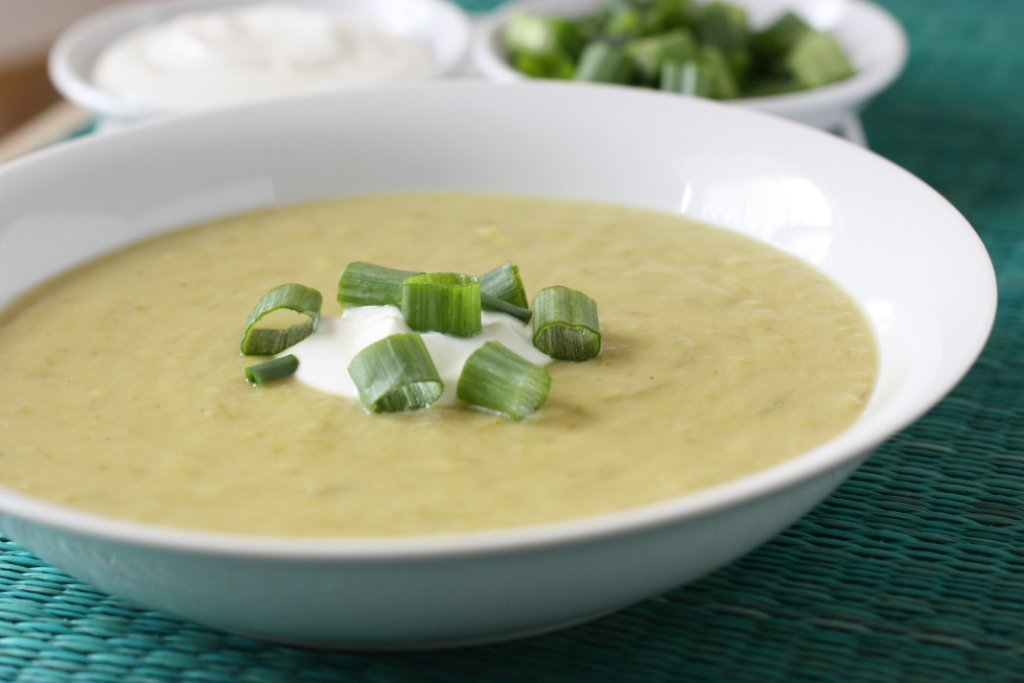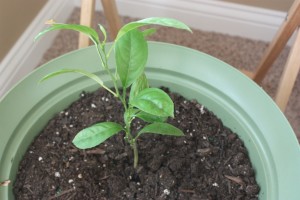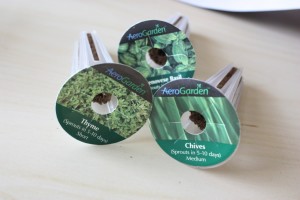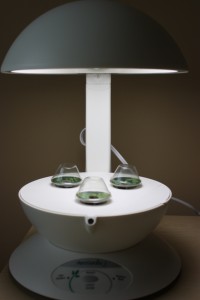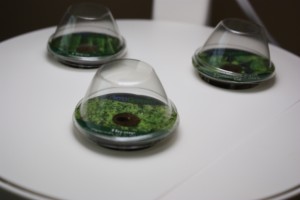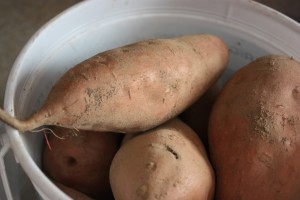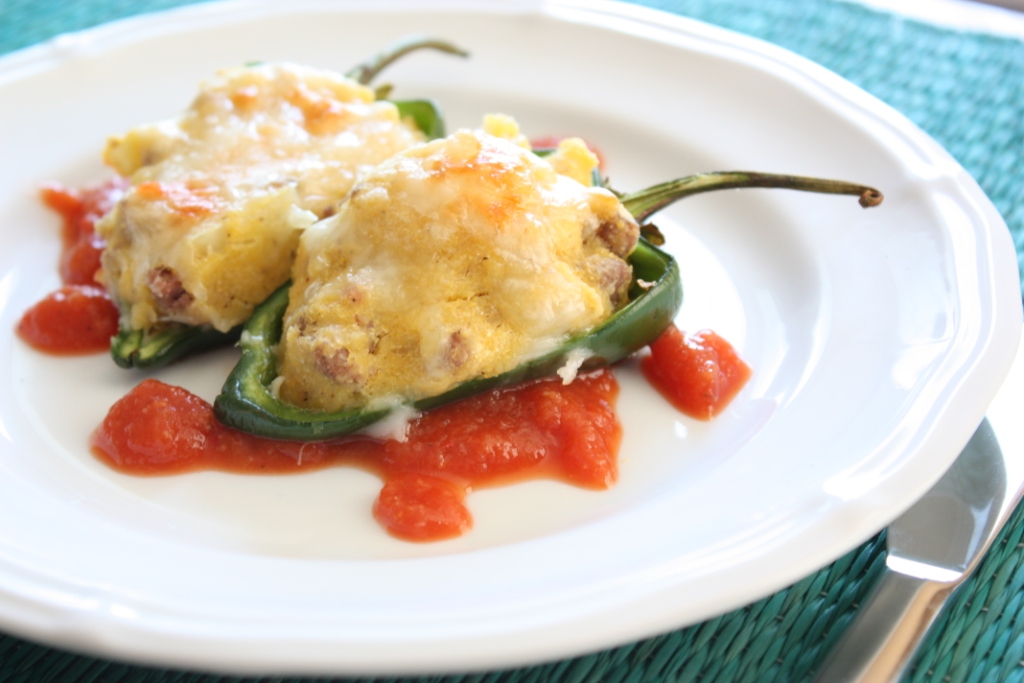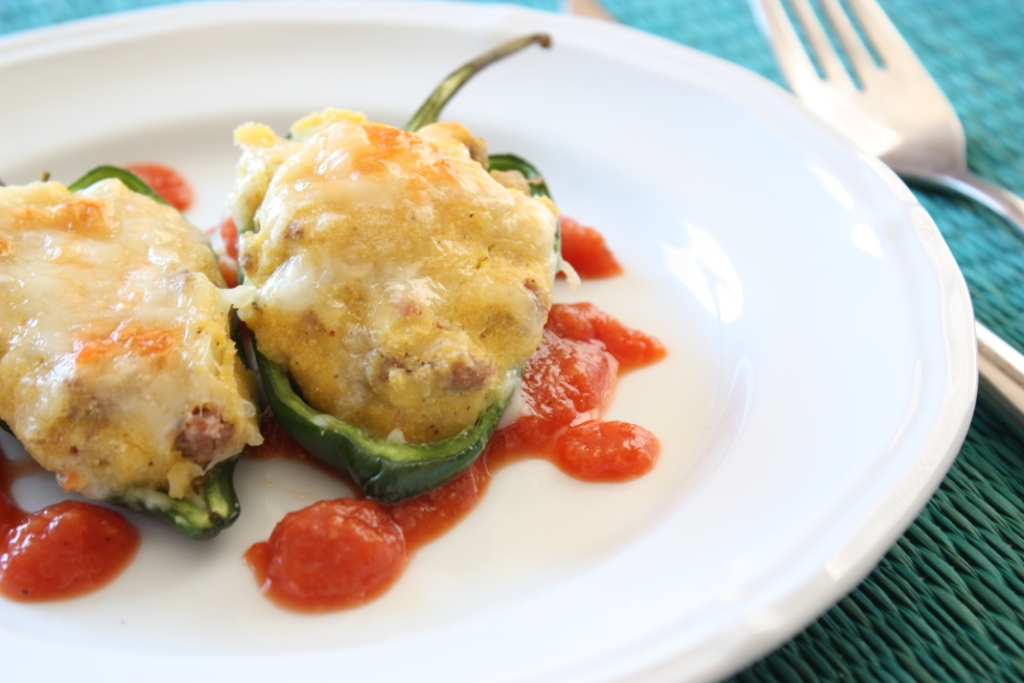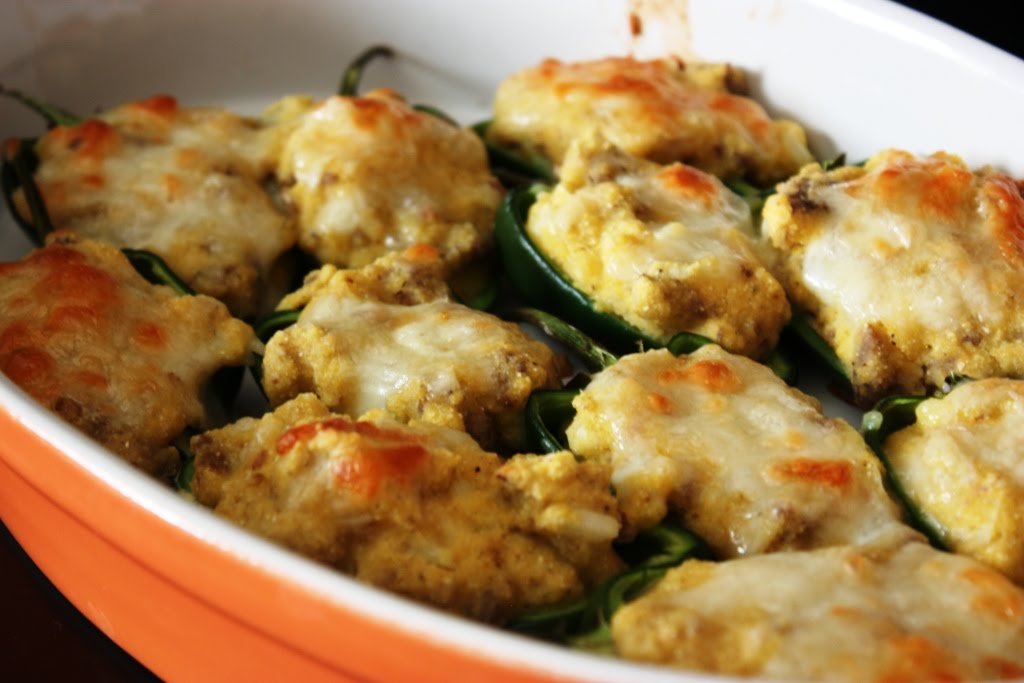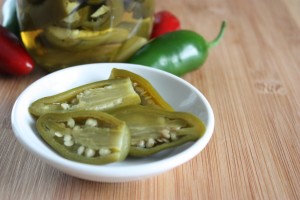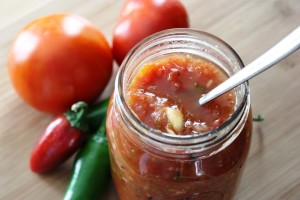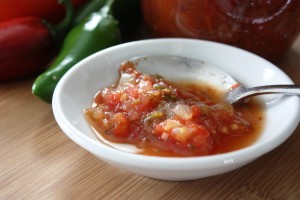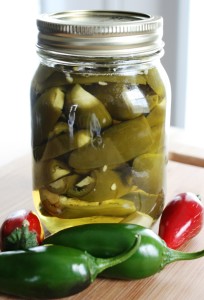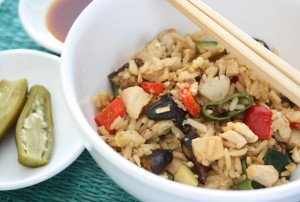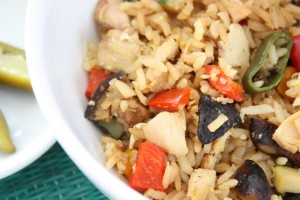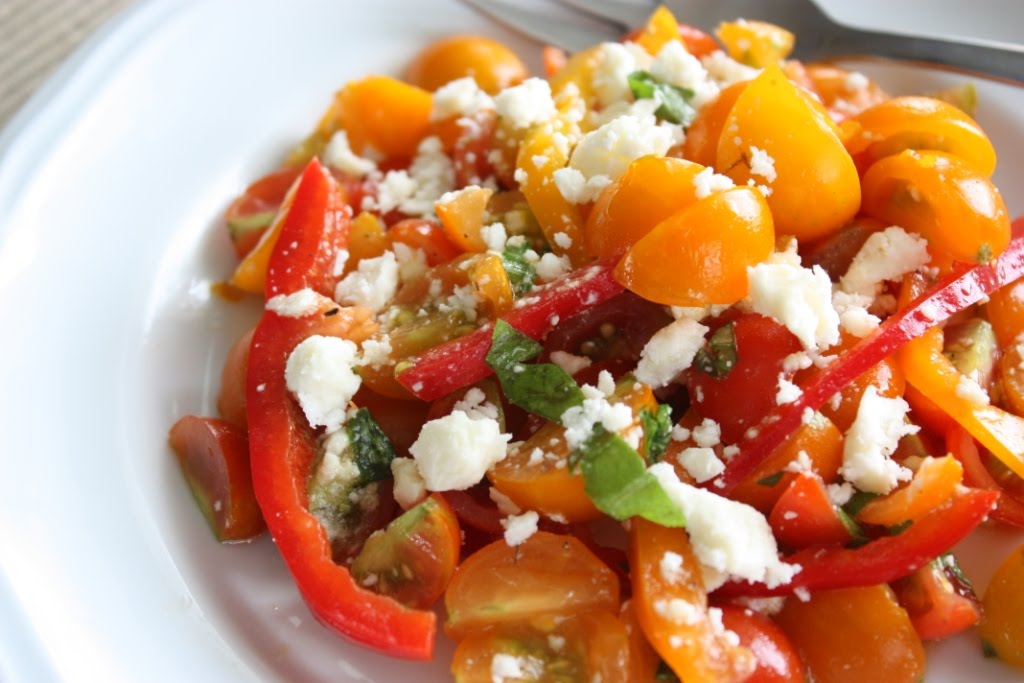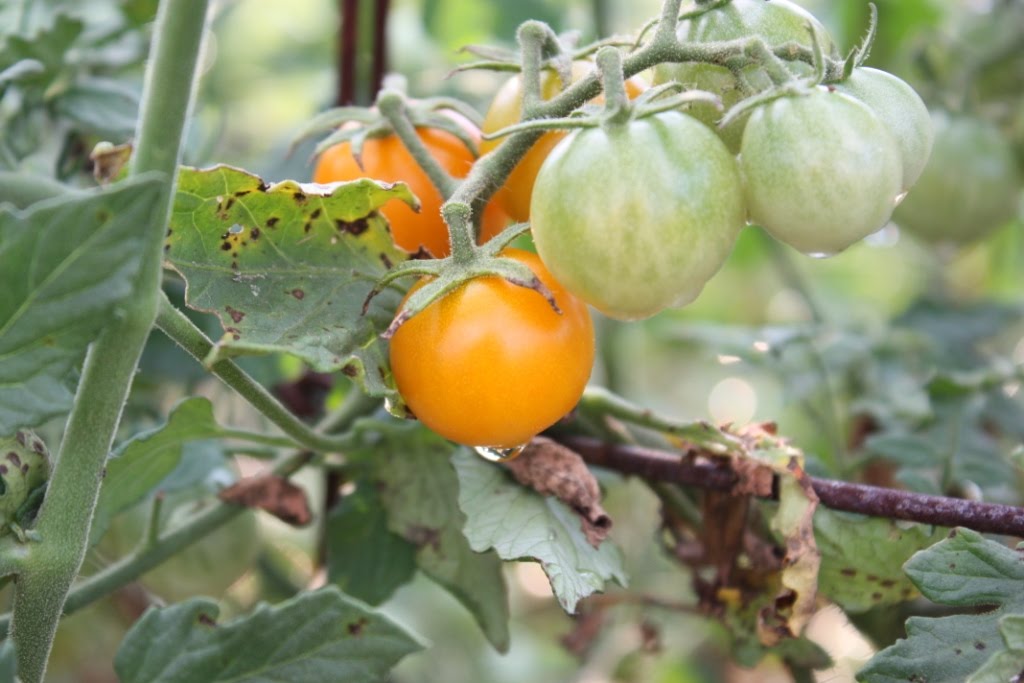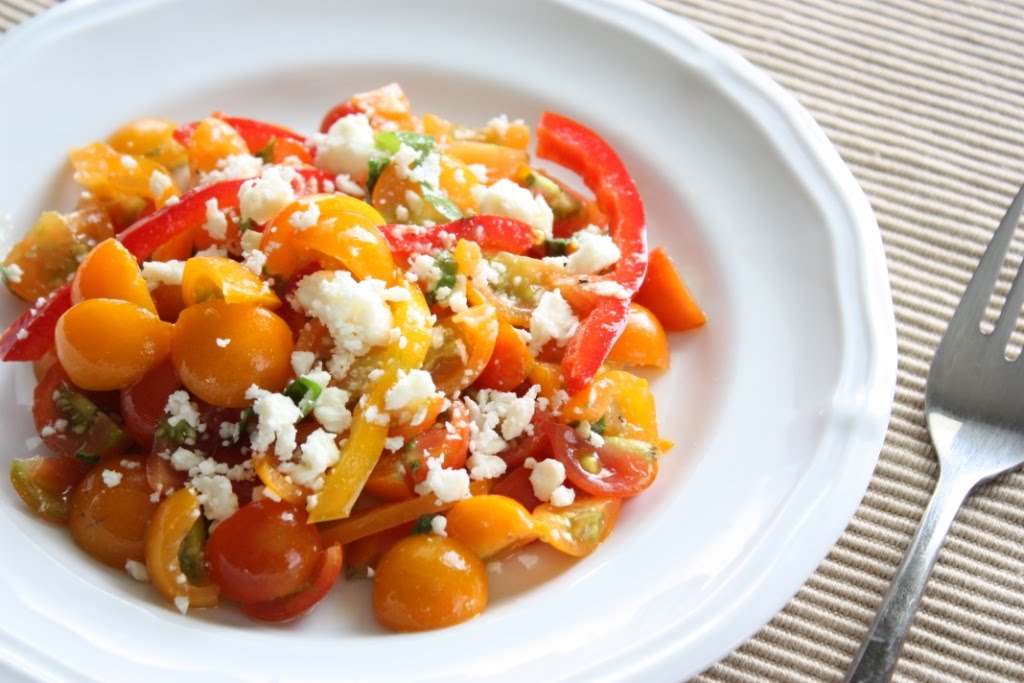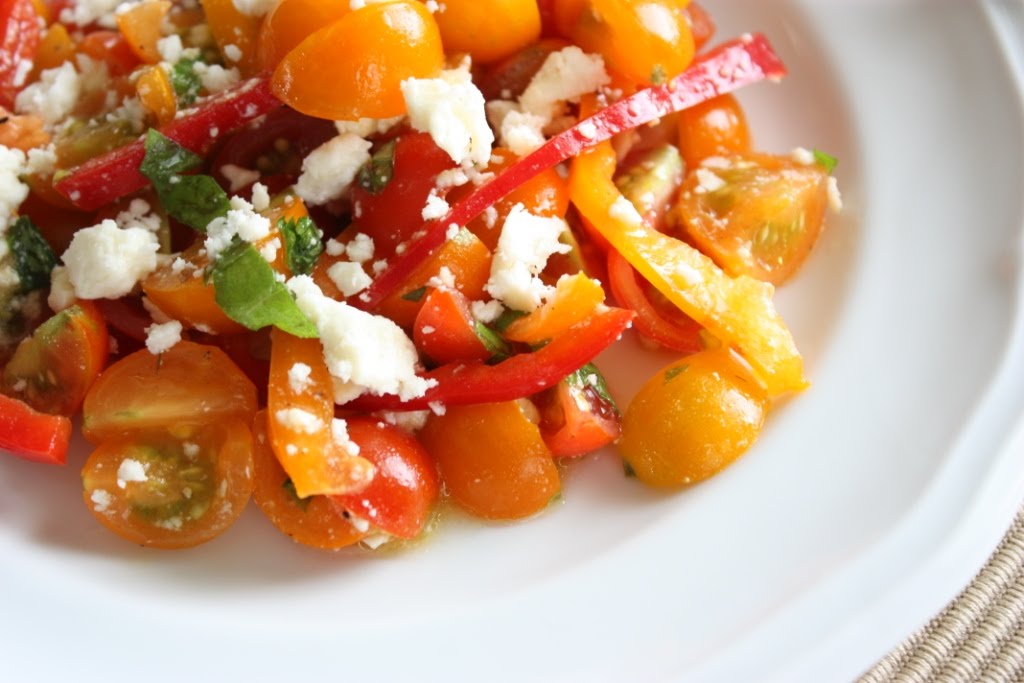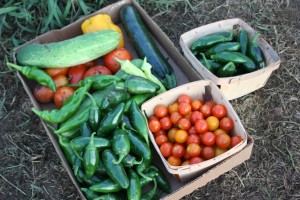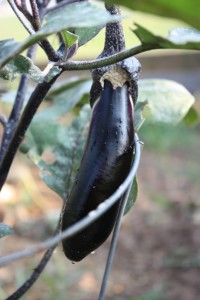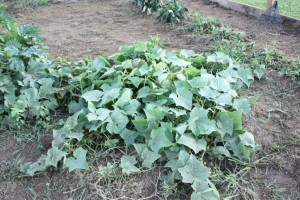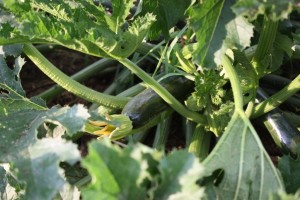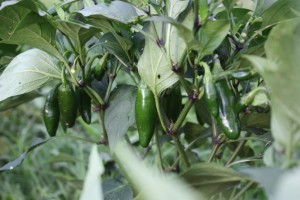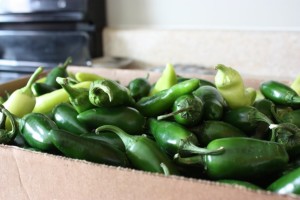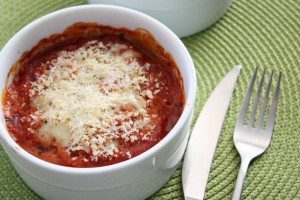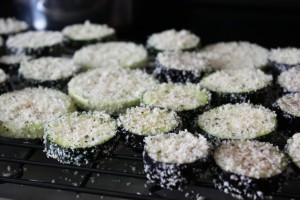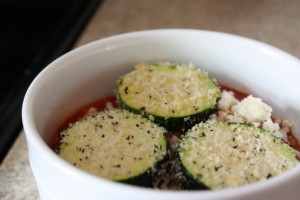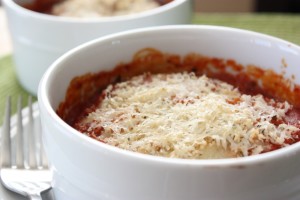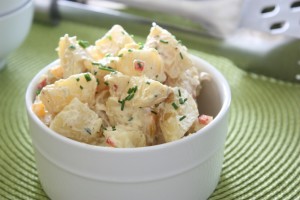As the beginning of August approaches, we are still knee deep in gardening goodness. I’ve learned a lot this season. There were many mornings I thought it would be easier to forget it and buy from the Farmer’s Market. However, I have to admit that the feeling you get when you prepare or eat something you grew yourself is incredibly rewarding.
We still have quite a bit of the season to go because we are planning some fall crops. We are hoping the melon, pumpkins and spaghetti squash begin producing soon, too.
Even though there is more to come, I’ve done a little reflecting on what this first year with a large garden has taught me. Whether it’s just for a laugh or it proves helpful, here are my gardening lessons learned.
Grass is a powerful, powerful plant. It grows incredibly well everywhere except where you would like it to.
The garden which we would prefer to be grass-free is like a fertile home for the green stuff. It threatened to take over the strawberries several times, succeeded in doing so with the potatoes and nearly took over the corn. The more we pull the more it grows. Yet, we have some completely bear spots in our new yard. Though we transfer sod and plant new seed, it seems the grass would rather be in the garden among friends.
Not only do you need the time to plant and pick it, but you need the time to cook and eat it too.
We’ve been pretty good at managing our gardening time. Between some early mornings and working late in the evenings, the weeding and picking has been under control all season. Then, I realized that what was being picked needed to be eaten. Believe it or not, that is when things got crazy.
If we head to a cookout for one evening or I meet a friend for lunch one afternoon, the produce piles up like crazy and I get behind. Now, this isn’t exactly a bad problem to have but one can only eat so many cherry tomatoes.
Garden gifts aren’t as easy as I thought they would be.
We moved to a house with a big yard for a big garden. The problem? All our neighbors have gardens, all my friends who don’t are about 40 minutes away, and I work from home. I envisioned gifting all our extra produce. I had no idea it would be such a difficult task.
My garden plans are as exotic as my tastes for food.
This year we planted a lot of basics – tomatoes, squash, corn, bell peppers, hot peppers, potatoes. Then we got a few out of the ordinary plants (for around here) too – celery, artichoke and asparagus (which won’t produce for a while) and a Japanese eggplant.
As I’ve read gardening stories online and witnessed things at the area farmer’s markets I have my sights set incredibly high for next year. I’m thinking lots of heirloom tomatoes, more varieties of eggplant, Thai chiles, bok choy, and tomatillos to name a few things.
Cucumbers and zucchinis are enormous plants.
They seem to just keep growing and growing. The one cucumber plant that actually lived has taken over all of the space we had planned for three of them.
If you put nine jalapeno plants in your garden, beware.
Why would you only buy one small jalapeno plant when they come in packs of 9 for a mere $3? Seems crazy, right? That is, until you begin to drown in a sea of hot peppers.
I wish I could put into words my glorious visions of all the perfect jalapenos I would preserve and salsa I would make. I was so excited when the first few began to ripen. And then more began to ripen, and more, and more. I have never seen so many jalapenos in my life. Box after box has been entering our kitchen and new blooms show that they are not stopping anytime soon.
I’ll talk about my canning experiences more later, but my first batch failed miserably. Although, future batches got better, I can’t help but look at the boxes sitting in the kitchen and dread slicing them. The bright side is that I’ve found a few new recipes for canning beyond the standard pickled jalapeno so hopefully some creativity will inspire me. One thing I do know is we will be having one spicy winter around here!
In addition to jalapenos there are a few other specific items we are drowning in; namely, cherry tomatoes and zucchini. I’ve been trying to make all that I can with them so the next few posts will be devoted to those recipes.
First up – Baked Zucchini and Japanese Eggplant. I really like making individual servings of casserole-type dishes so that is what I did here. This dish is great with or without a side of pasta.
Baked Zucchini and Japanese Eggplant
1 cup Panko bread crumbs
1 tsp dried basil
¼ cup + 2 tbsp Romano cheese, grated
½ tsp sea salt
¼ tsp black pepper
Olive oil
2 medium zucchini, sliced
2 Japanese eggplant, sliced
2 cups marinara (any type, preferably homemade, will do)
1 ½ cups whole milk mozzarella
Preheat the oven 400 degrees F. Place a cooling rack on top of a baking sheet. On a plate, combine the bread crumbs, basil, 2 tbsp of Romano cheese, salt and pepper. Drizzle the slices of zucchini and eggplant with olive oil, and spread to coat each piece.
Place each slice in the bread crumb mixture and press to cover evenly, arrange on the cooling rack. Bake for 12 to 15 minutes or until the vegetables are slightly tender. Remove from the oven and set aside.
On a separate baking sheet arrange four, 4 to 5 inch wide ramekins. Spread 2 tbsp of sauce in each one. The order I used was zucchini, sauce, mozzarella, eggplant, sauce, mozzarella and Romano so you can divide up each of the ingredients per layer and ramekin. Sprinkle the top with any remaining bread crumbs.
Bake for 12 to 15 minutes or until the cheese melts and begins to brown, and the sauce is bubbly. Allow to cool for 5 minutes and serve in the individual ramekins.
